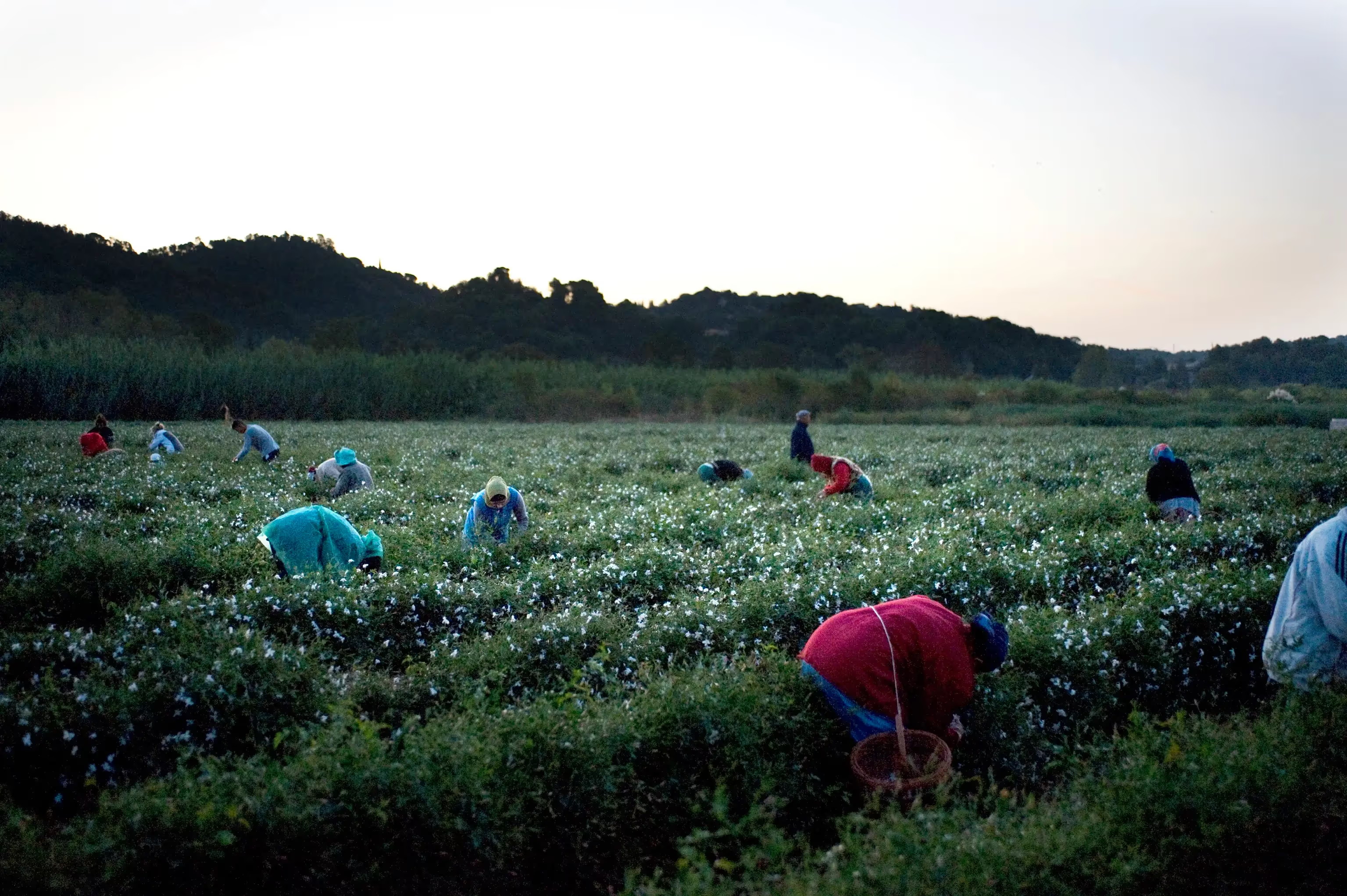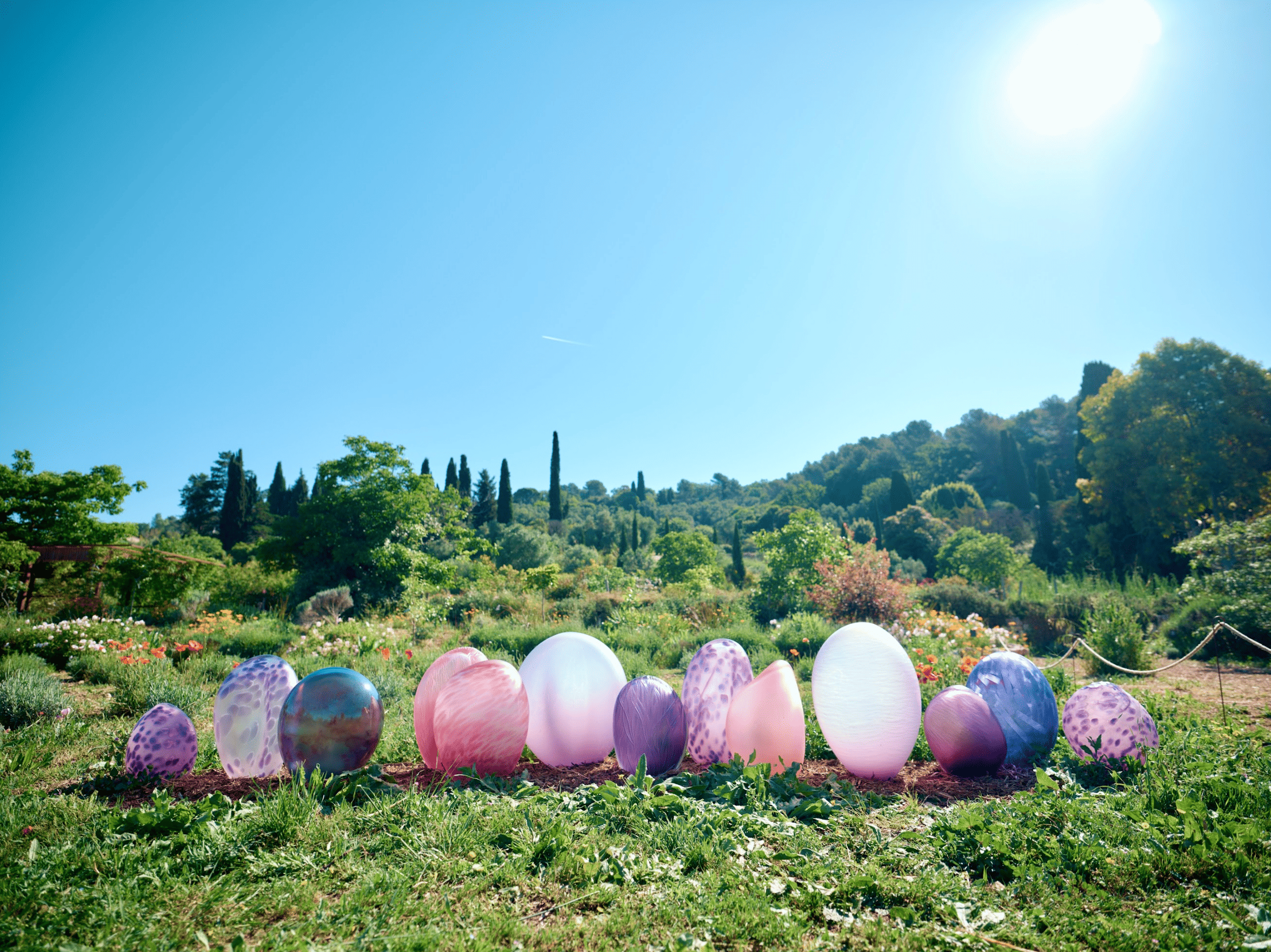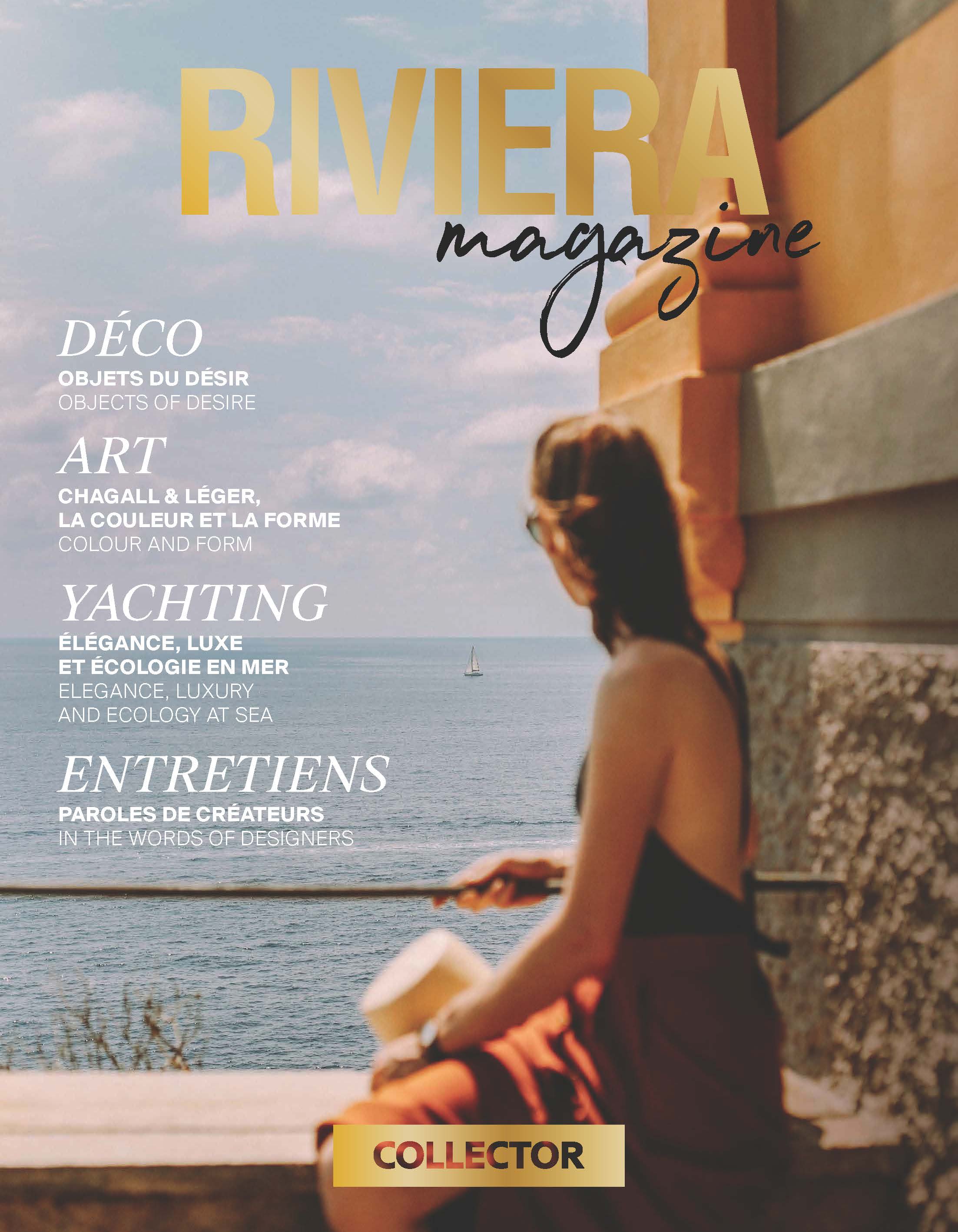With its exceptional flowers specific to the Mediterranean climate, cultivated for over three centuries, Grasse has become the world capital of perfume. Several major local perfumery houses are established there such as Fragonard, Molinard, Galimard, but other prestigious names such as Chanel or Dior also produce their most famous juices here.
Already recognized as part of France's cultural and intangible heritage, the perfume-making expertise of the Grasse region has also been inscribed in UNESCO's Intangible Cultural Heritage of Humanity since 2018. Here is a brief overview of the most significant historic houses that make Grasse the cradle of French perfumery.

Let's start with one of the oldest: Galimard. Established in 1747, it remains entirely family-owned and managed in accordance with tradition. The perfumery offers tours of its workshops and museums, allowing visitors to discover the perfume creation process. Here, you can find high-quality products at factory prices, directly from the production line.
Another iconic Grasse house is Molinard, founded in 1849 by Hyacinthe Molinard. Initially selling flower waters, it quickly attracted a wealthy clientele, including Queen Victoria. Known for its traditional craftsmanship, unique olfactory creations, and its most famous perfume, Habanita, Molinard also stands out by collaborating with master glassmakers such as Baccarat and Lalique for its bottles. Come and create your own fragrance in the perfume workshops!
Also, the very famous institution born in 1926, Fragonard (named after the painter Jean-Honoré Fragonard, a native of Grasse), creates exceptional perfumes and is open to all who are interested. Guided tours allow you to discover the factories and museums of the house, following the entire perfume manufacturing process, from raw materials to finished products. Workshops also invite you to create your own perfume!
Although based in Switzerland, the Givaudan group, a global leader in fragrance and flavor production, still has a significant presence in Grasse. Its companies are experts in compositions and collaborate with many prestigious brands. Among its famous fragrant creations are Nina Ricci's L'Air du Temps (1948), Dior Poison (1985), Mugler's Angel (1992), Chanel's Coco Mademoiselle (2001), and Yves Saint-Laurent's Opium (2009).
The flowers grown in the Grasse region quickly became the reference raw materials for major perfumers. It is here that the story of Chanel N°5 begins. In 1921, its perfumer, Ernest Beaux, chose jasmine from Grasse for its composition. The House has sourced here, helping to sustain the cultivation of jasmine and May rose since 1987. Chanel signed an unprecedented partnership at the time with the largest local flower producer, the Mul family, based in Pégomas. Since 1988, a field factory has been set up in the middle of the fields to process fresh flowers as they are harvested, extracting their essence. Today, the cultivation extends to other fragrance plants, from iris to geranium and tuberose. Five exceptional harvests, exclusively reserved for Chanel perfumes. Less than ten kilometers from Grasse, Vallauris is also a favorable territory for the cultivation of orange blossoms. The House has decided to relaunch this sector by embarking on a vast planting program of 600 trees over the past two years...
Dior also has a long history with Grasse. In 1951, Christian Dior bought Château de La Colle Noire in Montauroux to cultivate flowers for his perfumes. Even today, Dior continues to grow May roses and jasmines for its iconic perfumes like J'adore and Miss Dior. Tours of the fields are organized in Grasse, an opportunity to discover the art of perfumery and the ingredients that make up its famous fragrances.
Each of these perfume houses plays a key role in the perfume industry. They contribute through their legacies, artisanal know-how, innovations, and respect for traditions to maintain Grasse's reputation as the global epicenter of perfumery.

Cover: © RR
















.avif)


.avif)